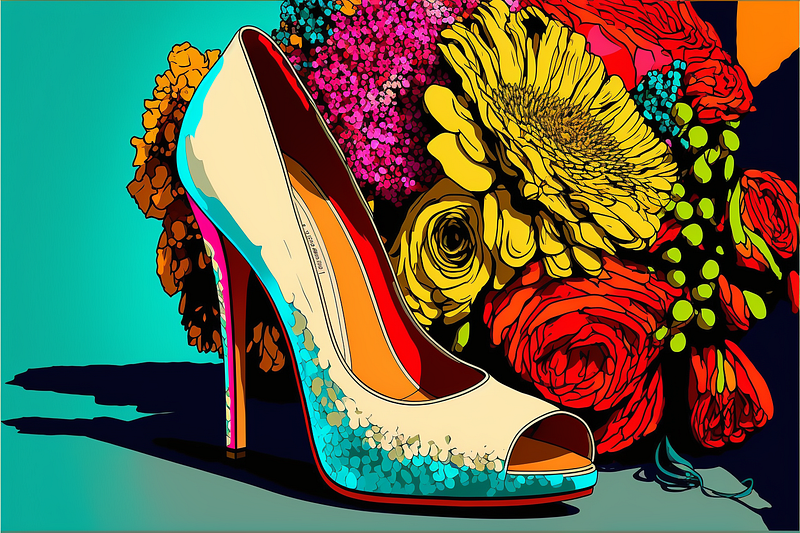The Problem With Father-Daughter Dances
The concept is outdated and needs a reboot.

A few weeks ago, a fellow parent in my elementary school Facebook group posted the following:
Seeing all these posts about father-daughter dances. Why don’t we do this anymore?! It’s so sad.
Of course, the obvious answer is that most school activities were put on hold due to the pandemic. But the parent was correct in noting that such events have slowly reappeared on the school calendar.
I usually lay low in the school Facebook group. I’m not interested in PTA politics or parents who complain incessantly.
But on this post, I couldn’t stay silent. I commented back:
Given the increase in family diversity, the concept of “father-daughter dance” needs some re-thinking. Not only does it exclude mothers and sons, but also gay couples, single mothers, and non-binary children and parents.
Some parents were quick to reply, saying, “Mothers would be welcome!” and “We could call it ‘male role model’ dance” or “We did mother-son roller skating one year.”
Yes, and I attended mother-son roller skating. But all of those comments are missing the point.
Father-daughter dances are exclusionary by nature
Imagine being the kid who doesn’t have a father. No amount of saying “Mothers are welcome to the father-daughter dance!” will lessen the discomfort. That child will still be the “other” in the father-daughter dance world.
Offsetting such an event with a mother-son equivalent doesn’t change the fact that these events are still designed to be binary. They serve a nuclear family and not the broad range of family structures today. There’s no need to single out a particular type of parent-child relationship (father-daughter, mother-son) — because the relationship between any type of parental figure and any type of child deserves recognition.
It puts the onus on the family to “figure out” how to make themselves fit into the mold. Instead, the onus should be on the school and the planning committees to host more inclusive events.
Father-daughter dances reinforce gender stereotypes
We have a whole host of events designed to bring fathers and daughters together because, historically, fathers were more removed from an active role in their children’s lives.
It’s easy to call out the indulgent side of the relationship, beginning with “Daddy’s girl” or “Daddy’s princess.” The role was perpetuated through these father-daughter dances and “Take Your Daughter To Work Day.” And ends with a father walking a daughter down the aisle. These public displays emphasized the father’s traditional role: provider, protector, and a special role on momentous occasions.
But today, these feel like they’re remnants of a world that doesn’t exist anymore. Fathers take a more active role in parenting and don’t need a school-sponsored event to remind them to spend time with their children.
And schools don’t need to perpetuate the stereotypes. There are a thousand different ways to host events that bring adults and children together. A father-daughter dance doesn’t need to be one of them.
Key Message: Parents and schools should create more inclusive family activities. Consider “Bring Your Favorite Adult To a Party” instead.
Want to read more about changing roles in society? You can read about the future of work, the creator economy, and work-life balance on my Substack.





